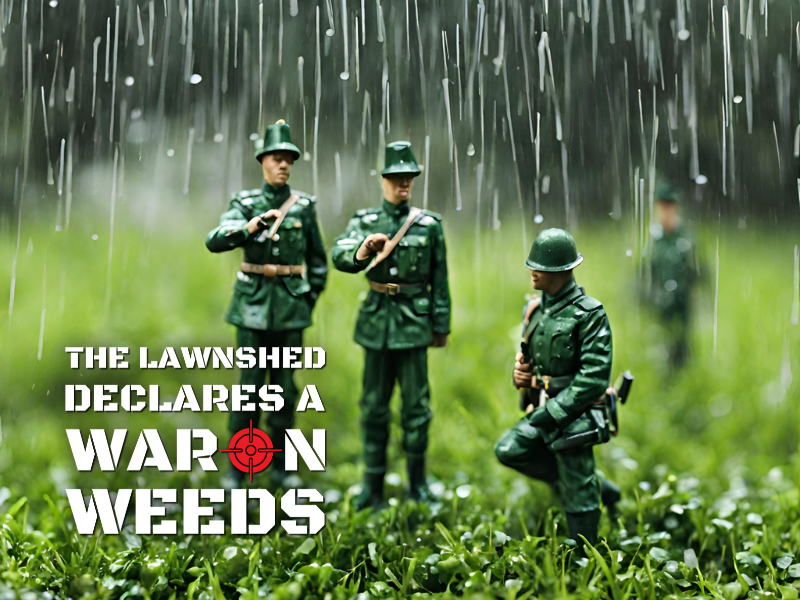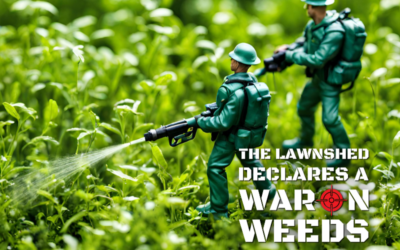In Australian residential landscapes, the battle against weeds in lawns unfolds as a continued struggle against the forces of nature. Weather patterns, with their variable shifts and seasonal rhythms, play a pivotal role in determining the success or failure of this ongoing skirmish. As we contend with an array of invasive weeds vying for space in our manicured lawns, understanding the intricate dance between climate and weed encroachment becomes paramount.
Among the most notorious invaders of Australian lawns is the insidious bindii (Soliva sessilis). With its low-growing habit and painful seed heads, bindii thrives in warm, temperate climates, where it exploits gaps in turf caused by erratic rainfall and temperature fluctuations. In periods of drought, bindii capitalises on weakened grass to establish dense colonies, transforming lush lawns into veritable minefields of prickly discomfort.
Similarly, the ubiquitous presence of clover (Trifolium repens) in Australian lawns underscores the weed’s remarkable adaptability to varied weather conditions. Originating from Europe, this leguminous plant flourishes in temperate climates with regular rainfall, where it competes with grass for space and nutrients. In regions experiencing wetter-than-average conditions, clover proliferates, forming a dense green carpet that contrasts starkly with the desired monoculture of turfgrass.
The encroachment of broadleaf weeds, such as dandelions (Taraxacum officinale) and plantain (Plantago major), further underscores the impact of weather variability on lawn health. With their broad leaves and deep taproots, these opportunistic plants capitalize on periods of moisture stress and nutrient imbalance to colonize lawns across Australia. As prolonged droughts and heatwaves become more frequent, broadleaf weeds exploit weakened turfgrass, further exacerbating the challenges faced by homeowners and lawn care professionals.
Along the east coast of Australia the conditions the last two growing seasons have been exceptionally wet with invasion of nutgrass (Cyperus rotundus) a common theme across a large number of lawns that have never seen the weed before. If you were unluck enough to have heavy (clay) soils these wet conditions have also created an explosion of Paspalum spp. In many areas.
Furthermore, the invasion of wintergrass (Poa annua) exemplifies the complex interplay between weather patterns and weed persistence in Australian lawns. Native to Europe, this annual grass species thrives in cool, moist environments, where it germinates prolifically in the aftermath of autumn rains. With milder winters and unpredictable precipitation regimes becoming increasingly common, wintergrass establishes itself as a formidable competitor to traditional turfgrass species, compromising the aesthetic appeal and functionality of lawns.
Despite the formidable nature of weed encroachment in Australian lawns, proactive management strategies offer hope for maintaining healthy and resilient turf ecosystems. Integrated lawn care practices, including proper mowing height, adequate irrigation, and targeted herbicide application, can help suppress weed populations while promoting the vigor of desirable grass species. Furthermore, cultivating diverse turfgrass cultivars adapted to local climate conditions enhances lawn resilience to weather extremes and weed pressure.
In conclusion, the complex interplay between weather patterns and weed encroachment in Australian lawns underscores the need for proactive and adaptive lawn care practices. By understanding the ecological dynamics driving weed proliferation and leveraging innovative management strategies, homeowners can reclaim their turf from invasive plants and cultivate vibrant, healthy lawns that withstand the whims of nature.




